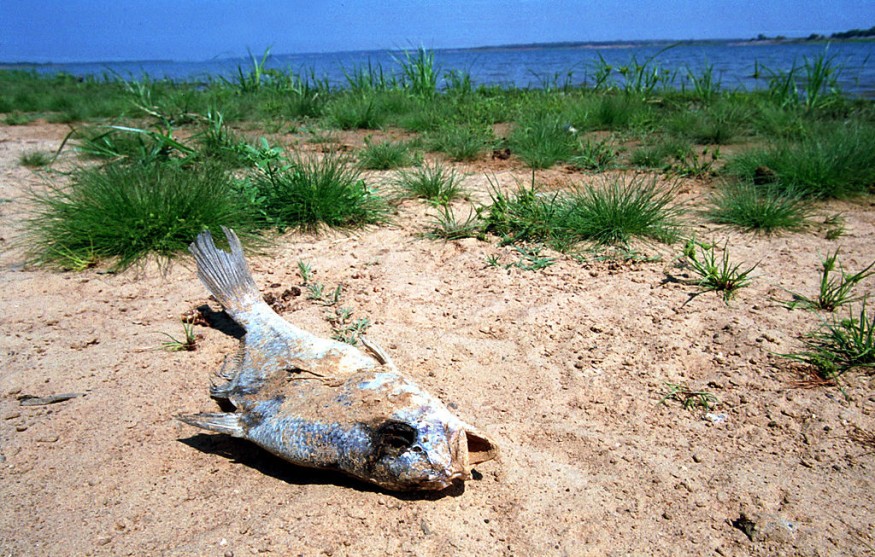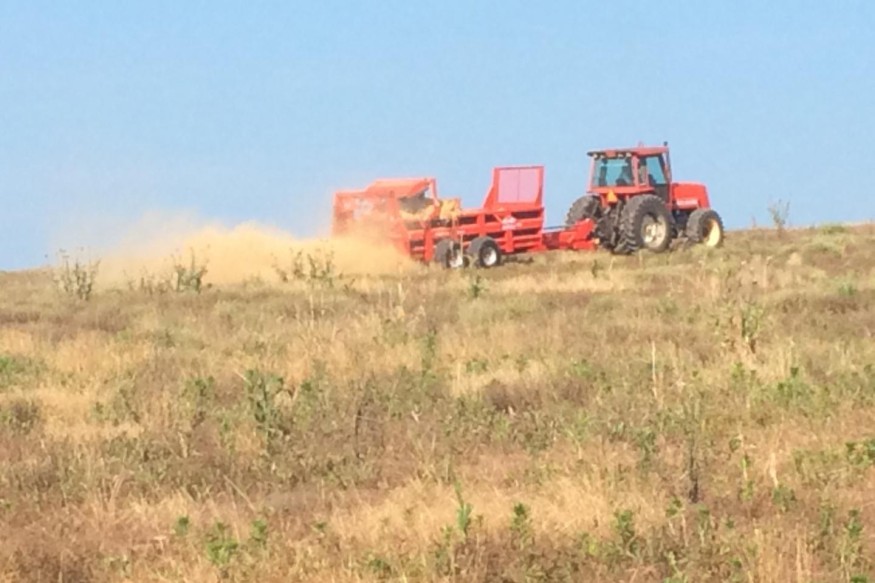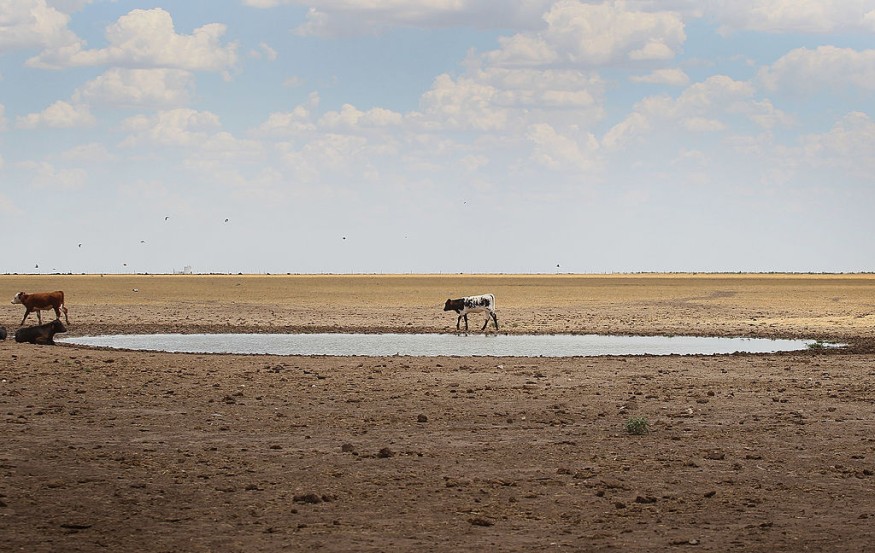Farmers suffer as a result of drought and triple-digit heat. The weather has held temperatures well over the ideal temperature for maximum maize growth, making this year one of Texas farmers' worst growing seasons in the previous decade.

Last Year's Weather
Last year, generous rounds of spring rain helped Texas farmers raise abundant harvests, but there is a startling contrast this year. As the drought worsens and heat waves drive temperatures to climb, many farmers are left with bare and parched fields.
Scott Frazier, who became a full-time farmer in Nueces County, Texas, just west of Corpus Christi, told AccuWeather National Reporter Bill Wadell that this growing season is one of the worst he's seen in more than a decade. Fraizer farms maize, cotton, and sorghum grain, which is mainly used to feed cattle, and he is concerned that the lack of rain combined with the high temperatures may result in a smaller-than-normal crop this year.
"We've gotten no precipitation since we planted; I think this corn had an inch of rain about a month ago," Fraizer remarked. "It just got that much moisture."
Weather Report

The nearest National Weather Service (NWS) reporting station, situated in Robstown, Texas, has measured just 4.7 inches of rain this year, which is little more than one-third of the usual rainfall in this location for this time of year.
Crop Condition
According to The Ohio State University's C.O.R.N. newsletter, corn growth is optimum at around 86 degrees Fahrenheit. When the temperature rises over that point, the pace of growth slows. Normally, fully dressed corn crops tower above a human, rising as high as 8 feet in certain circumstances; however, due to Texas's triple-digit temperatures, many of Fraizer's corn harvests have grown to barely 3-4 feet in height.
Wadell demonstrated this concept by standing in the center of one of Fraizer's cornfields. The cornstalks were not just brown as though the season had finished, but the tallest stalks barely reached Wadell's waist. He stands taller than 6 feet.
Even though the crops are substantially smaller this year, Fraizer remains optimistic about a good harvest.
"This maize should yield 4, 5, 6 thousand pounds per acre, but we'd be lucky to get 1,000 pounds per acre here in South Texas," Fraizer remarked.
Cotton is another crop that has struggled to thrive in harsh weather conditions.
"We had a lot of cottons here early in the season, but we didn't have enough moisture to keep it up and grow," Fraizer explained. "So you'll see some bare fields where it never grew."
According to the US Drought Monitor, the majority of Nueces County has been under a moderate drought (level two out of five on the scale) for the previous three months. Only a small portion of the county is suffering from severe drought.
Jamie Lopez of Texas A&M AgriLife Nueces County Extension told KRIS6, a local news station, that the crop this year is not looking hopeful. According to Lopez, 60% of the maize cultivated in Nueces County is "extremely bad," while 60% of the cotton farmed in the county is worthless.
Time Constraint

Although there is still a little window before harvesting the corn, Fraizer believes that the tropical rainfall in the Gulf of Mexico, which is forecast to deliver significant rain to sections of the western and central Gulf Coast late this week, might severely harm the crops.
"It's too late to do any good," Fraizer added. "You may nearly get to the point where it's harming some crops and making harvesting more difficult."
According to Fraizer, most farmers have crop insurance that protects them against poor growing seasons.
"My crop insurance hasn't helped me now," Fraizer said, "but once we go to harvest and see what we made and compare it to our history, perhaps our crop insurance will take up some slack."
Crop Concern
Fraizer is concerned that the low crop will be passed on to customers later in the year, particularly if farmers are hit with any additional curveballs in the forecast. The maize and sorghum grain grew by Fraizer and other Nueces County farmers is mostly utilized as livestock feed. Feed shortages might cause price increases and scarcity at many food stores.
"I truly believe that in the next months, towards the end of the year, we will experience a few food shortages of commodities," Fraizer added. "Everyone has to eat, everyone needs to eat, and it's vital to have producers out there cultivating food; otherwise, we'll find out fairly quickly if we're not working, and the rest of the country will know quickly."
Related Article : Texas Deer Struggles to Grow Antlers Due to Extreme Heat
For similar news, don't forget to follow Nature World News!
© 2025 NatureWorldNews.com All rights reserved. Do not reproduce without permission.





